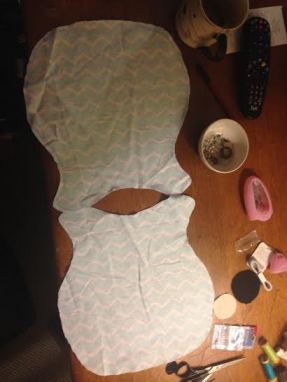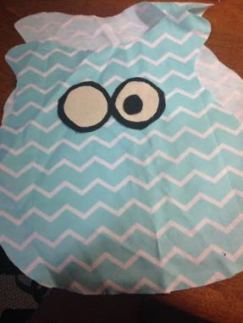
Hi everyone,
Summer weather is *finally* here in good old Ottawa. When we moved here I thought the winter and rain would never end, but it seems to be warmer now (hello +17!) and with warm weather comes the desire to be outside and catch some rays. The long weekend in May is a cue for all cottage-owners to get the cottage ready for visitors…..both human and insect, that is.
If you’ve started your summer getting intimately acquainted with mosquitoes, black flies, sand flies or ticks – read ahead for some savvy tips on how to alleviate the itch and prevent a second attack.
Mosquitos
A mild winter combined with heavy rainfall has made spring/summer 2017 the best season yet for mosquitoes, according to City News in Toronto.
Repel:  Check out Health Canada website for the latest on which diseases may be present in Canadian mosquitoes (i.e. West Nile, etc.) and plan your activities wisely (look at where and when mosquitoes are hungriest). The Quebec-made Citrobug made with pine, lemon and citronella oils was given a green thumbs up by Adria Vasil, author and trusted advisor for all things eco-savvy.
Check out Health Canada website for the latest on which diseases may be present in Canadian mosquitoes (i.e. West Nile, etc.) and plan your activities wisely (look at where and when mosquitoes are hungriest). The Quebec-made Citrobug made with pine, lemon and citronella oils was given a green thumbs up by Adria Vasil, author and trusted advisor for all things eco-savvy.
Treat: if you’re gotten a few bites, make a paste using baking soda and water and apply to the area. This should help relieve the itching and neutralize the irritation. Alternatively, you can wet a cotton ball with apple cider vinegar and dab onto bites to soothe them. Take a natural anti-histamine like quercetin or vitamin C to help reduce the redness and irritation.
Black Flies & Sand Fleas
“Black flies cut and rupture the skin and then soak up the blood. Irritation from the black fly’s saliva can also cause swelling and itching in some people” – Algonquin Park website. These biting bugs are mostly common from May – July and can pack a nasty punch. The bites can swell up to look like full-on welts, and cause soreness all over.

Repel: wear clothing!!! Tucking in long sleeve shirts and pants (black flies are attracted to dark colours so layer on the white/khaki!) will reduce the amount of skin the flies have to land on and feed from. Find bug netting and wear it as a draped hat over your face and neck, too.
 Treat: black fly bites are big and ugly, and can cause significant redness, swelling and itching. After a few days, the bites will begin to ooze liquid, which isn’t a pretty sight either. First, calm the heat by applying pure aloe (direct from a plant is best). Spritz the infected areas with an anti-bacterial solutions like colloidal silver, or tea tree oil and/or lavender essential oil diluted in distilled water. Fly bites invite a lot of bacteria, so something anti-bacterial is imperative for healing. If you’re in the wilderness with nowhere to turn, the Old Farmers Almanac recommends using the oil from pine tree branches as a forest first aid. After applying your anti-bacterial treatment, relieve itching and swelling by using soothing balm like E-Cream which contains calendula, chamomile, chickweed, oats, peppermint (to cool the area) and zinc oxide. It’s a perfect blend of ingredients to speed healing.
Treat: black fly bites are big and ugly, and can cause significant redness, swelling and itching. After a few days, the bites will begin to ooze liquid, which isn’t a pretty sight either. First, calm the heat by applying pure aloe (direct from a plant is best). Spritz the infected areas with an anti-bacterial solutions like colloidal silver, or tea tree oil and/or lavender essential oil diluted in distilled water. Fly bites invite a lot of bacteria, so something anti-bacterial is imperative for healing. If you’re in the wilderness with nowhere to turn, the Old Farmers Almanac recommends using the oil from pine tree branches as a forest first aid. After applying your anti-bacterial treatment, relieve itching and swelling by using soothing balm like E-Cream which contains calendula, chamomile, chickweed, oats, peppermint (to cool the area) and zinc oxide. It’s a perfect blend of ingredients to speed healing.
Ticks
Ticks are sneaky and scary, and can carry Lyme disease to humans and pets. This can be a sometimes fatal disease that has neurological implications, so tick repelling is serious. The Canada Public Health website breaks down which areas in each province pose higher threats for Lyme disease spread. Check out your province and be informed.
Repel: The CBC offers the following advice:
Stay on the path: if you’re in an area where ticks may be found, stay where it’s dry and avoid long grass and bushes. Cover up: wear light coloured clothing so you can spot ticks. Tuck your shirt into your pants and your pants into your socks to make it harder for ticks to find your skin. Repellent: use an insect repellant that contains DEET*. Check your body [when you get home] for ticks, paying special attention to your scalp, ankles, armpits, groin, navel and behind your ears and knees. Wash: take a shower or bath. Put your clothes in the dryer for at least 60 minutes to kill any ticks.
* there are a lot of reservations about DEET, not only from a health standpoint but also as an environmental concern. If you’re looking for something DEET-free, Consumer Reports had good success with Repel: Lemon Eucalyptus insect repellent used to repel deer ticks. EcoShield spray offers a natural mosquito/flea/tick/black fly repellent for use on humans and canines (***but never use essential oils on cats***).
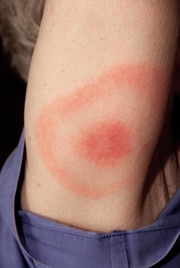
Treat: Ticks are able to dig into your skin once they bite, and stay there. If you discover one on your body, use fine-tipped tweezers to carefully remove it without crushing the tick’s body. Go see a doctor if you think you’ve been bitten by a tick. The bite will usually leave a “bullseye” shaped ring on your skin.
Happy camping, folks & be safe!
-Emily
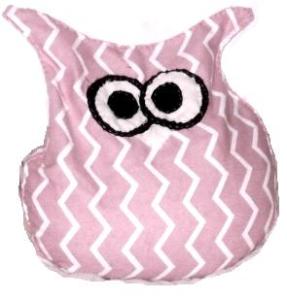

 cholesterol medications (known as ‘statins’) will decrease levels of Co Q10 in your body
cholesterol medications (known as ‘statins’) will decrease levels of Co Q10 in your body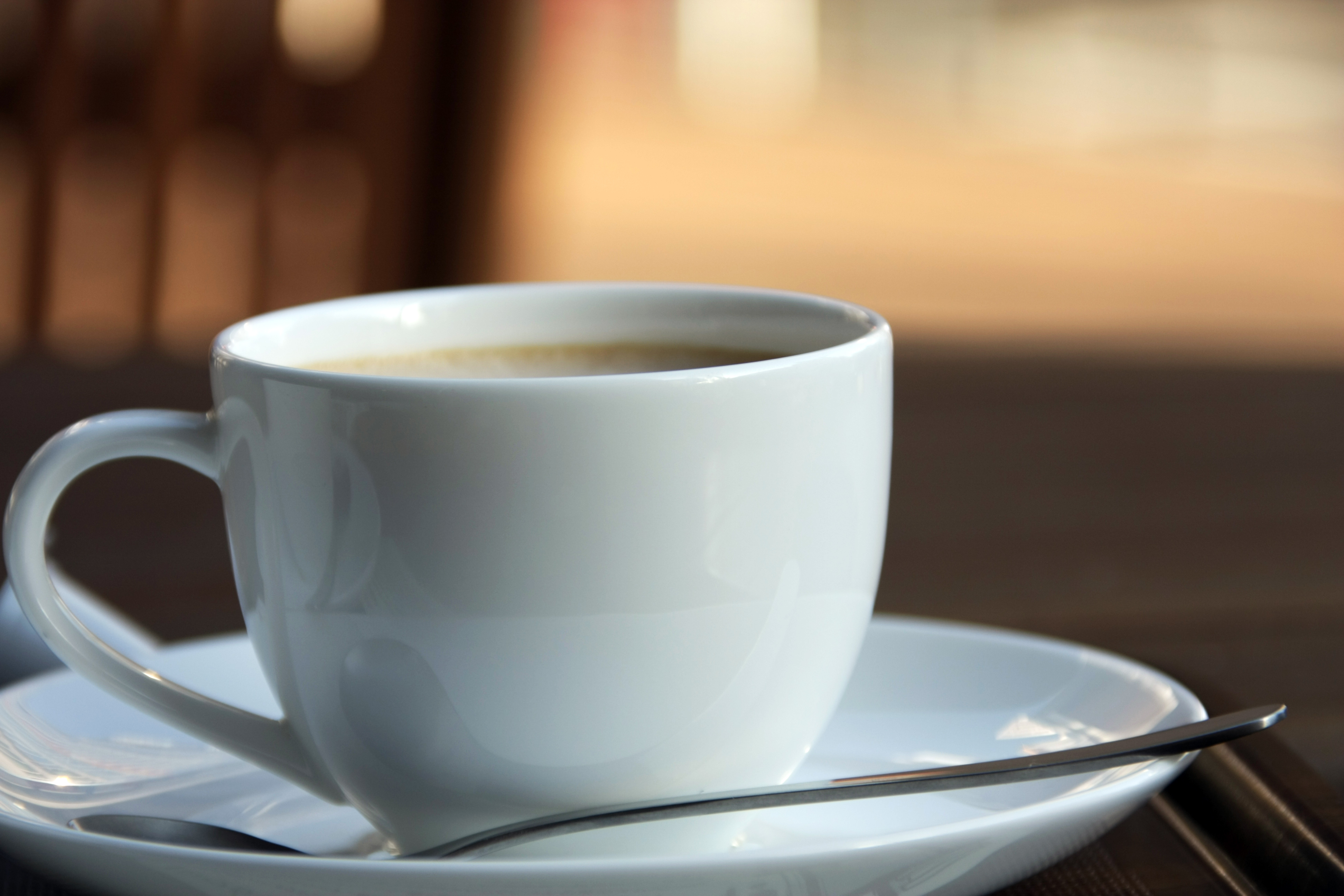 If you are low in iron, consider taking iron with vitamin C to improve absorption. Coffee, cocoa, and almonds contain oxalic acid which can decrease iron absorption.
If you are low in iron, consider taking iron with vitamin C to improve absorption. Coffee, cocoa, and almonds contain oxalic acid which can decrease iron absorption.


